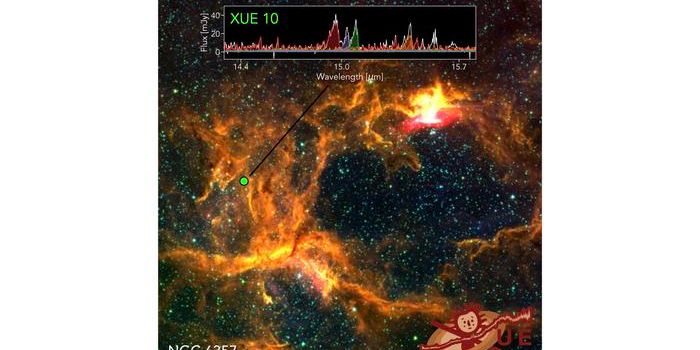Scientists Detect Signatures of Life on Earth Remotely
An international team led by researchers from the University of Bern in Switzerland and the National Centre of Competence in Research NCCR PlanetS have been able to detect signatures of life from a distance of two kilometers via a moving and vibrating device.
"When light is reflected by biological matter, a part of the light's electromagnetic waves will travel in either clockwise or counterclockwise spirals. This phenomenon is called circular polarization and is caused by the biological matter's homochirality. Similar spirals of light are not produced by abiotic non-living nature", says first author of the study, Lucas Patty.
Measuring circular polarization has been challenging until now as the signal makes up less than 1% of reflected light. While the researchers have been able to detect the signal from living matter for four years, until now, they had been unable to so from a distance of more than 20cm away, and without focusing on the same spot for several minutes.
The device the researchers use to measure these signals is known as a spectropolarimeter. Dubbed FlyPol, it consists of a camera equipped with special lenses and receivers that can separate circular polarization from other light signals. To improve its capabilities for this study, the researchers made various upgrades to the device.
So far, the researchers have tested FlyPol on Earth. Within seconds, they have been able to differentiate between grass fields, forests, and urban areas from a fast-moving helicopter from fast detection of polarization signals. They have even been able to detect signals from algae in lakes.
The researchers behind the device now hope to perform similar detections from the International Space Station looking down at Earth. This, they say, will allow them to see whether they can detect planetary-scale biosignatures that could aid the search for life beyond our Solar System. Until then though, the device could nevertheless capture important information about life on Earth, such as the rate of deforestation, plant disease, coral reefs and toxic algal blooms.
Sources: EurekAlert, Astronomy and Physics









